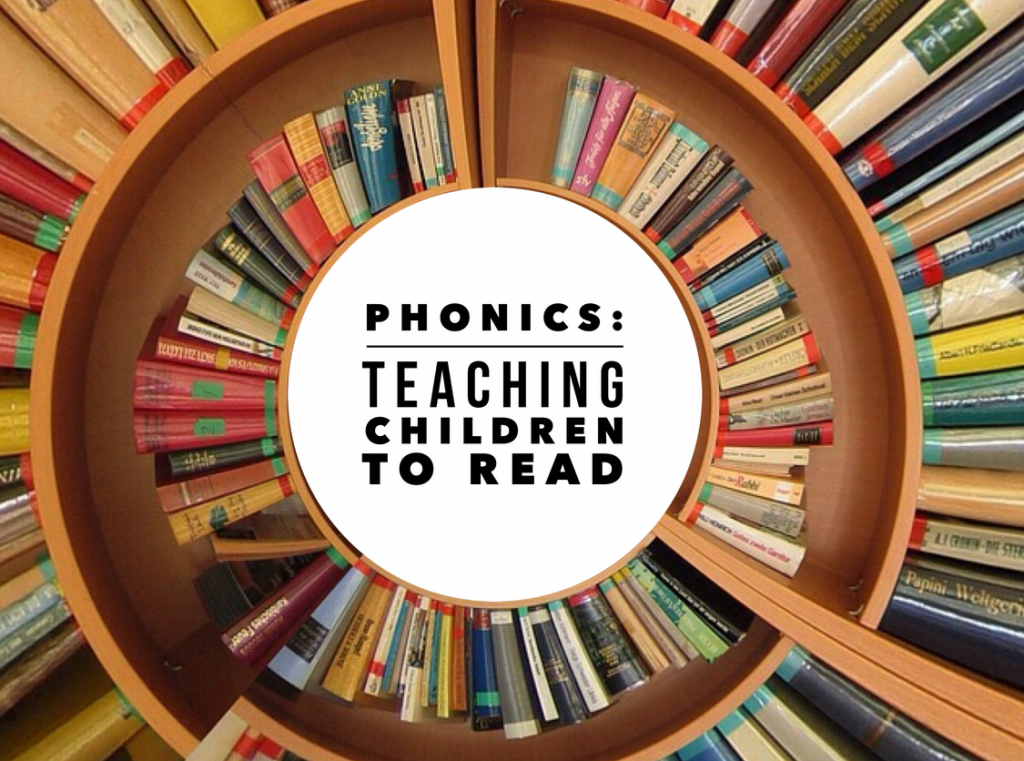 Introducing phonics
Introducing phonics
Phonics is a method of teaching children to read quickly and skilfully. It works by first teaching youngsters how to recognise the sounds made by each individual letter of the alphabet. They are then taught how to identify the sounds that different combinations of letters make, such as ‘sh’ or ‘oo’ and how to blend these sounds together from left to right to make a word.
The idea is that children can then use this knowledge to ‘decode’ new words they see or hear as the first important step in learning to read. Phonics has been widely used in teaching literacy throughout the English-speaking world and is now the accepted method of teaching reading in the UK education system.
Why phonics?
According to the UK Department for Education: “Research shows that when phonics is taught in a structured way – starting with the easiest sounds and progressing through to the most complex – it is the most effective way of teaching young children to read. It is particularly helpful for children aged five to seven.”
It says that almost all children who receive good phonics teaching will learn the skills they need to tackle new words and go on to be able to read fluently and confidently. Phonics is believed to enable children to read more accurately than other methods, such as ‘look and say’, including those who find it difficult to read, for example those who have dyslexia.
A three-year study by educational psychologist Dr Marlynne Grant supported existing research in the UK and worldwide which vindicates the technique. Dr Grant followed a group of 30 children from reception class to primary year two to investigate the efficacy of phonics as a teaching method. The study found:
- At the end of year two, the children, then aged seven, were on average 28 months ahead of their chronological age for reading and 21 months above average for spelling
- The youngsters achieved above average national expectations for reading and writing in Key Stage 1 standardised assessment tests (SATS)
- There was no evidence that phonics teaching was a ‘straightjacket’ or that it would ‘switch off’ children from a love of reading books, as some critics have claimed.
It also challenged the national findings of the Boys’ Reading commission that the reading gap between boys and girls is increasing. “On the contrary, these studies found that boys’ achievements were high and often significantly higher than those of girls and of other boys nationally. “
In conclusion Dr Grant said: “Phonics teaching is not an end in itself. Phonics is the key which unlocks the literacy engine so that children are more able to access a wide range of texts thus contributing to their educational achievement. “
Two years ago the phonics screening check was introduced into UK schools. It is carried out in the last half-term of year one to ensure all pupils are reaching the required standard.
How to help your child with phonics
The DfE recommends a number of steps parents can take to help encourage their children to learn to enjoy reading, including:
- Find out which letters and sounds the class is covering so that you can reinforce teaching at home
- Highlight these sounds as you read with your child
- Encourage your child to ‘sound out’ unfamiliar words when you read together
- Your child’s teacher can suggest suitable books for each stage of phonics learning
- Try to make time to read with your child every day and recruit other family members to help
- Use word games such as I-Spy as an enjoyable way of teaching sounds and letters.
If you think your child could do with polishing their English skills, you might find the FutureSchool online tutoring system is exactly what they need. Find out more here.



Got Something to Say?